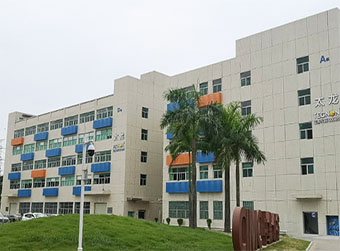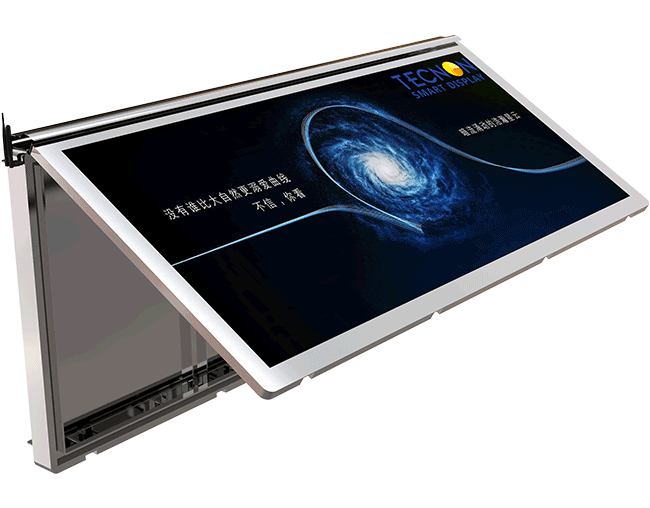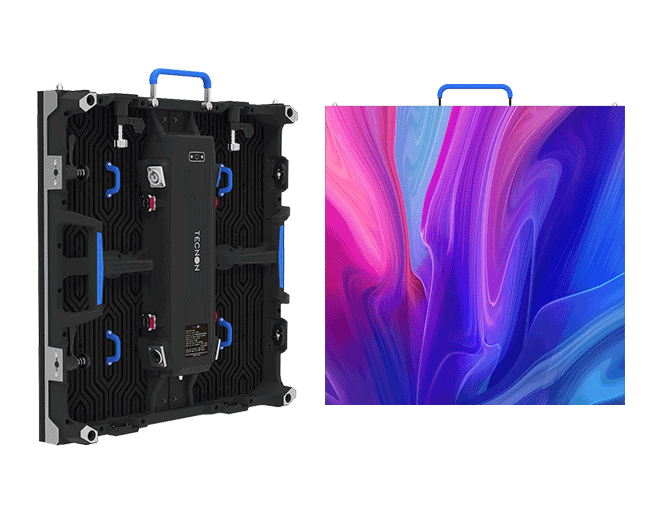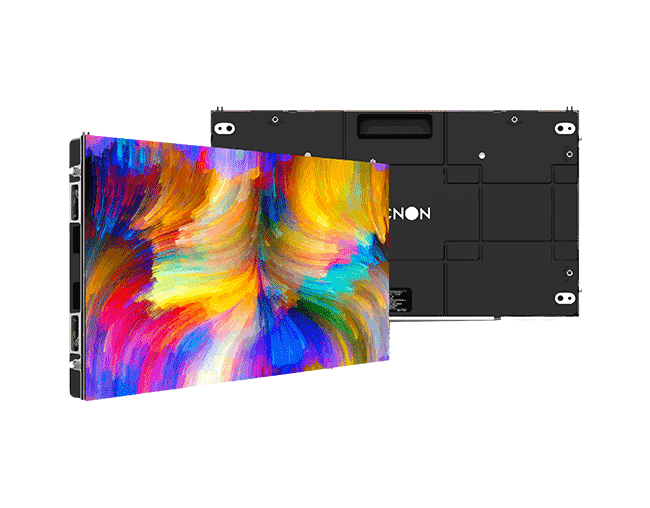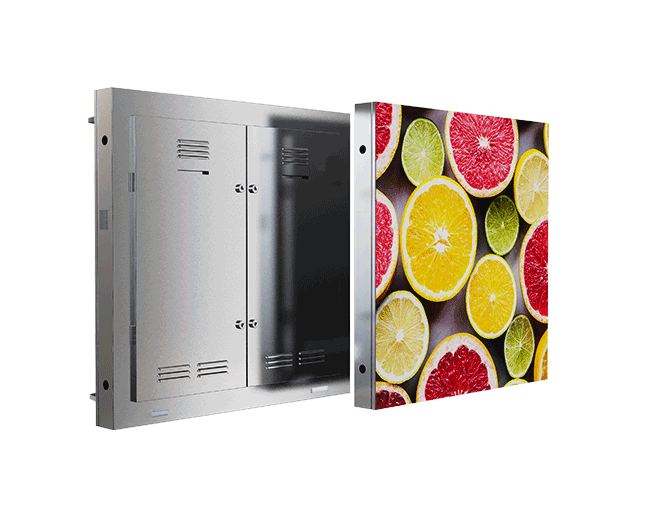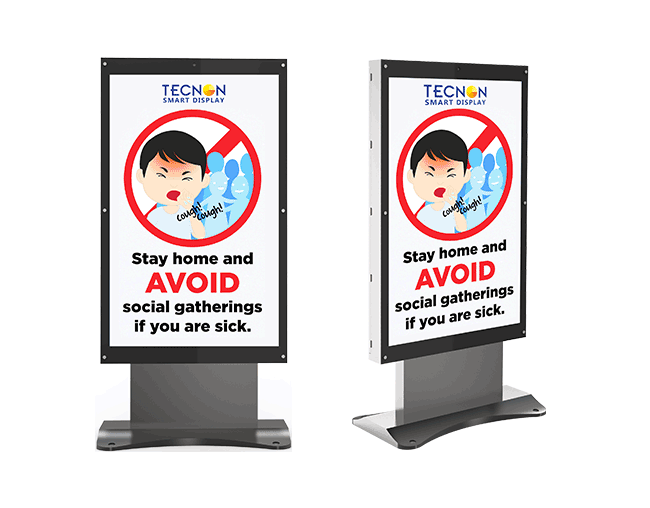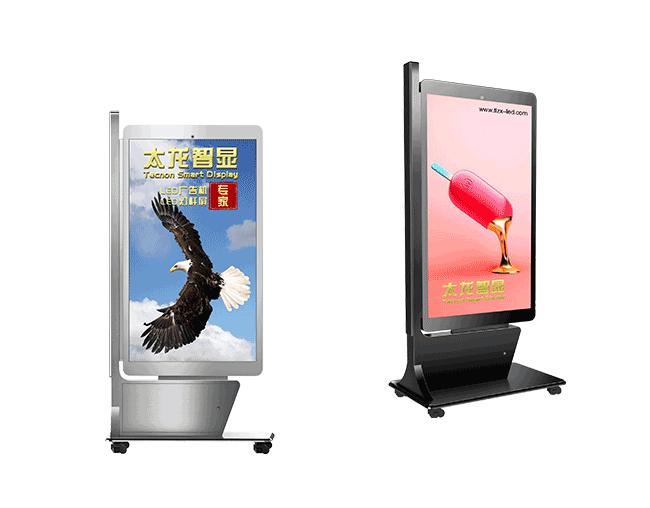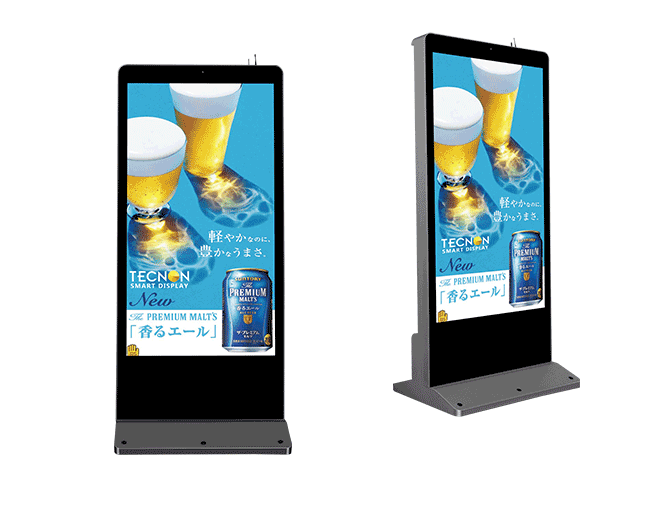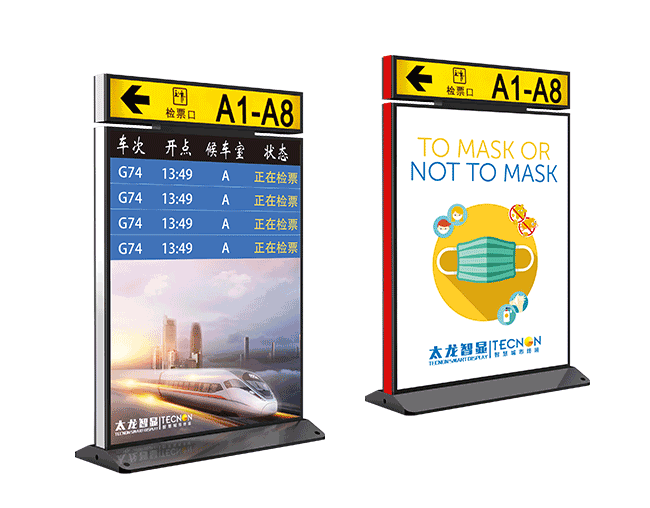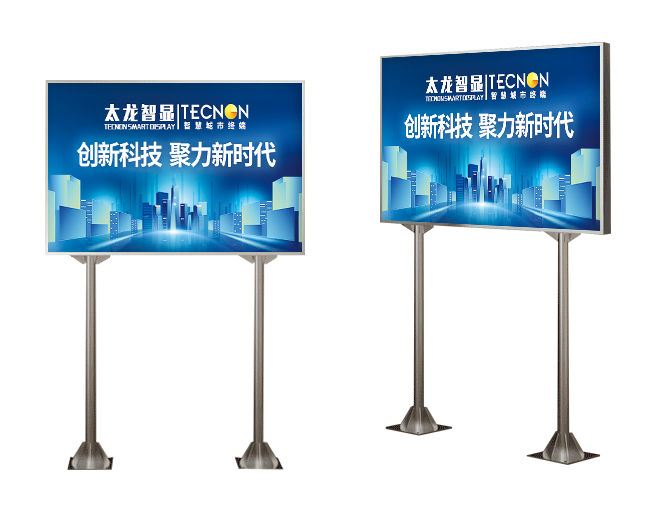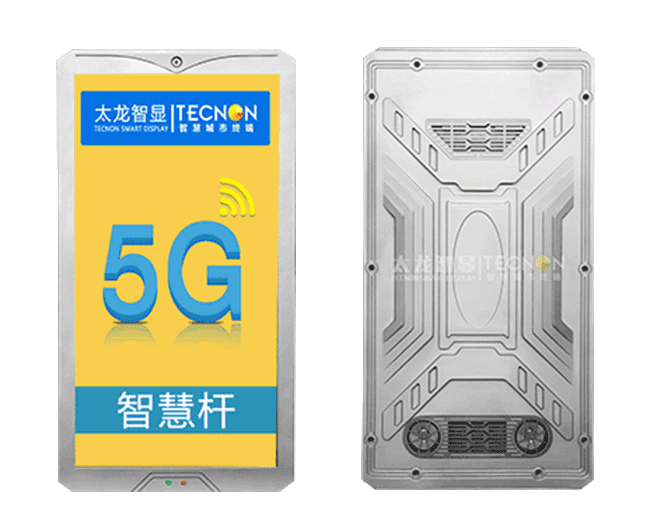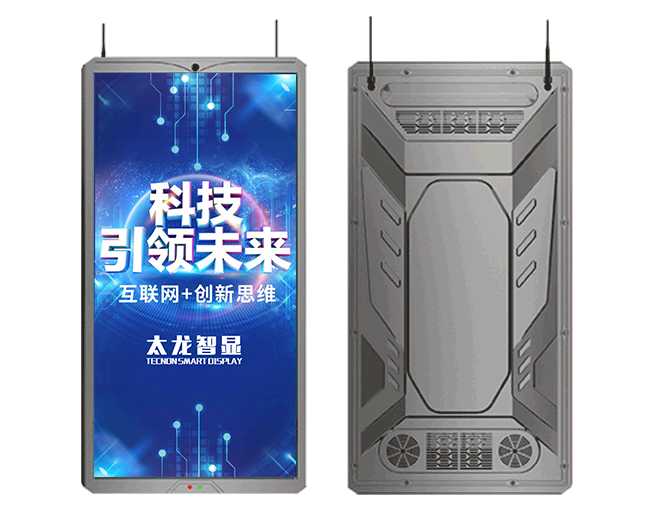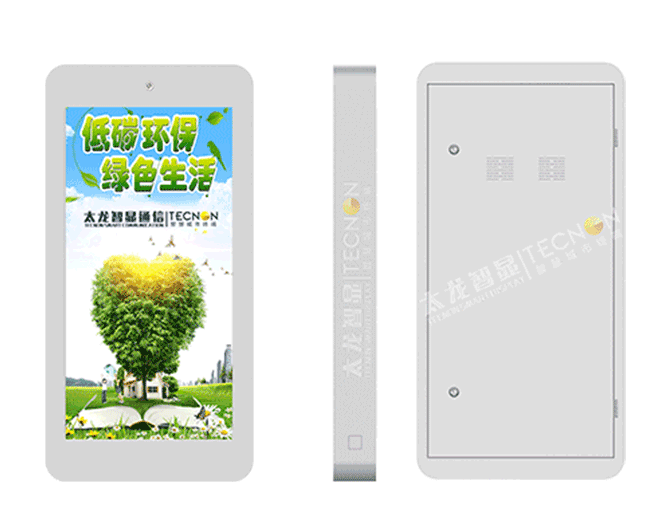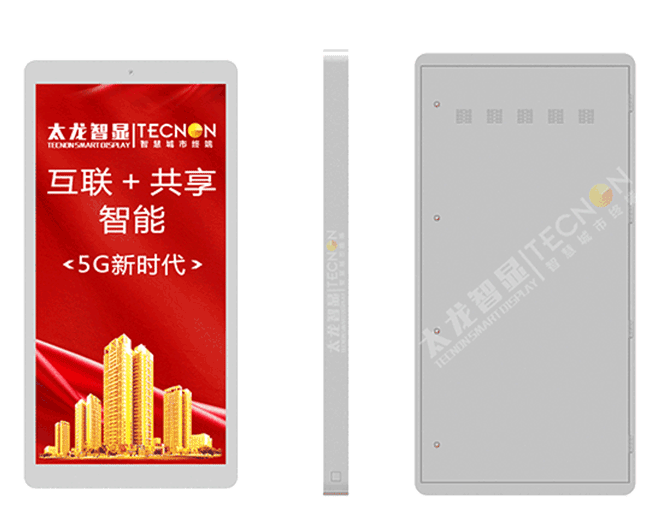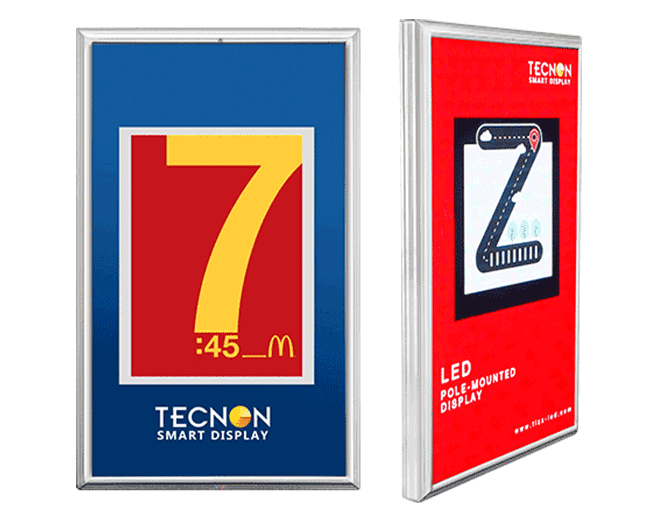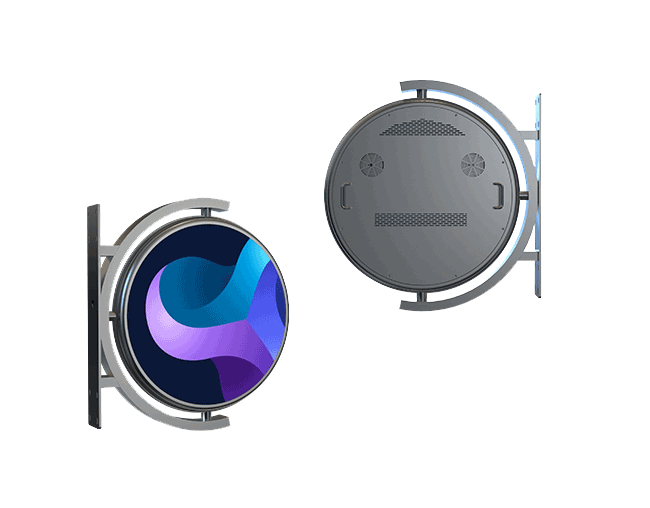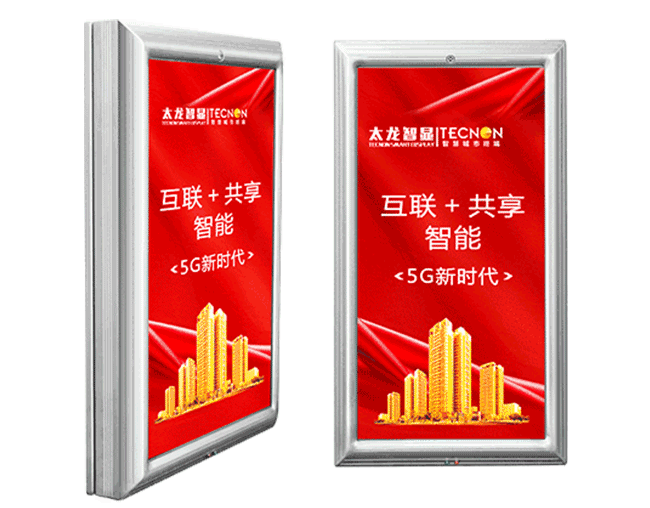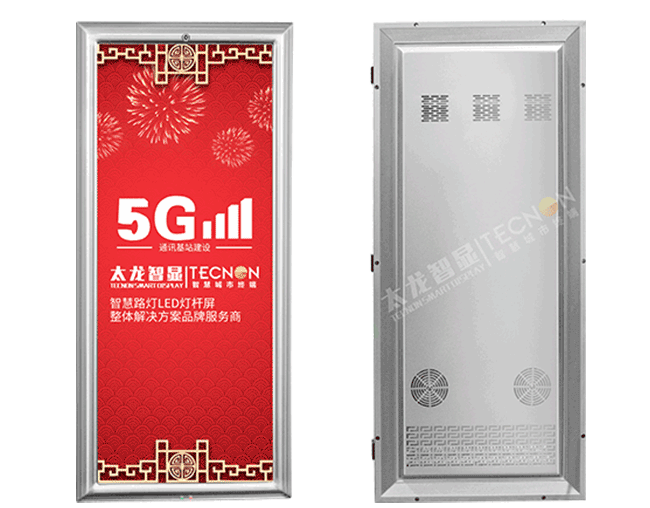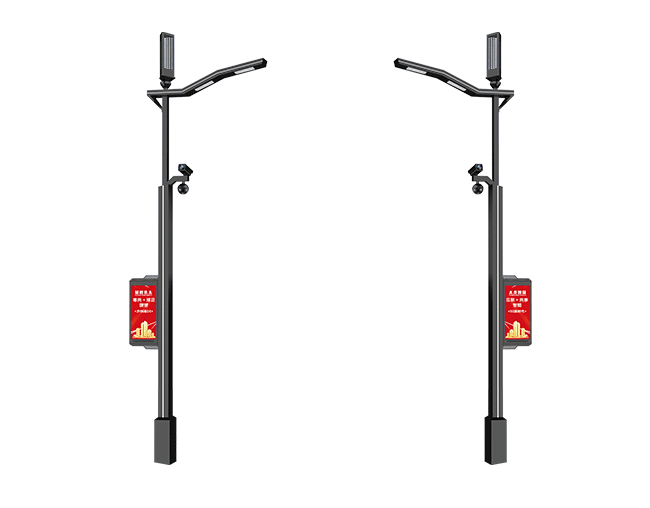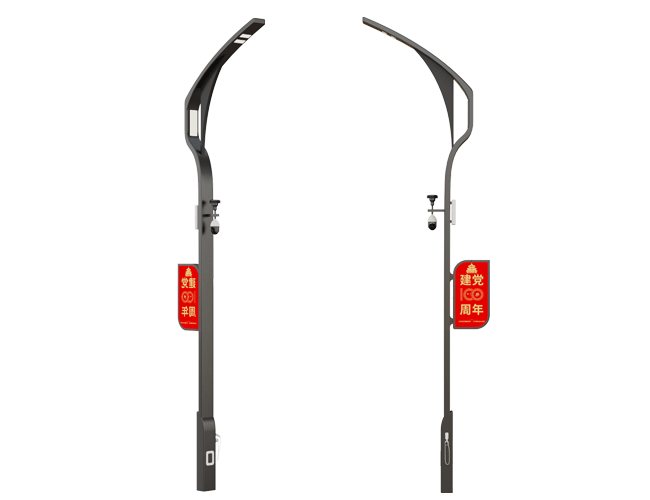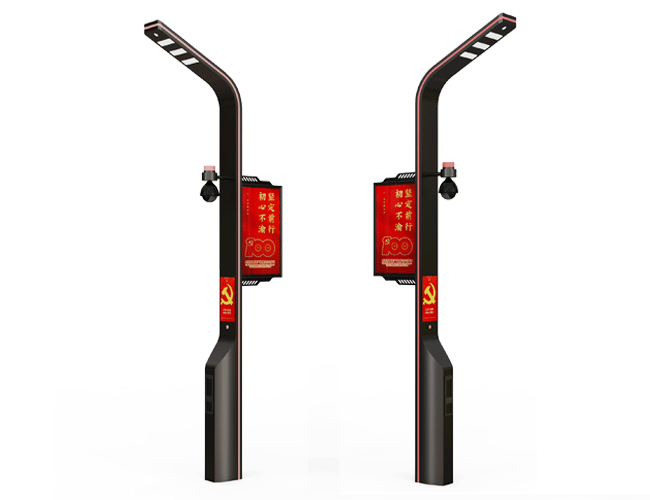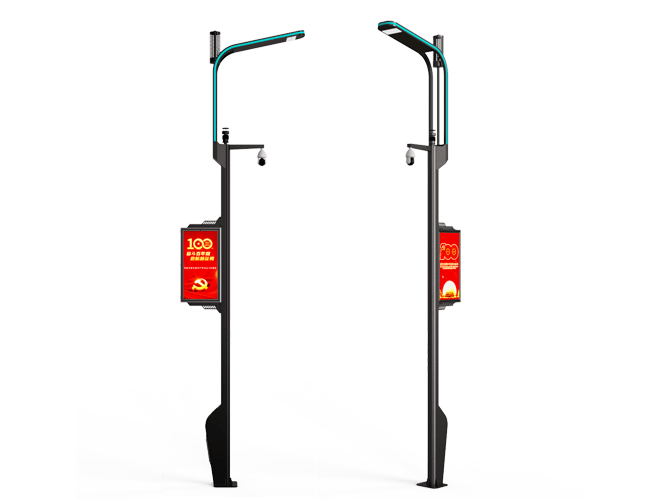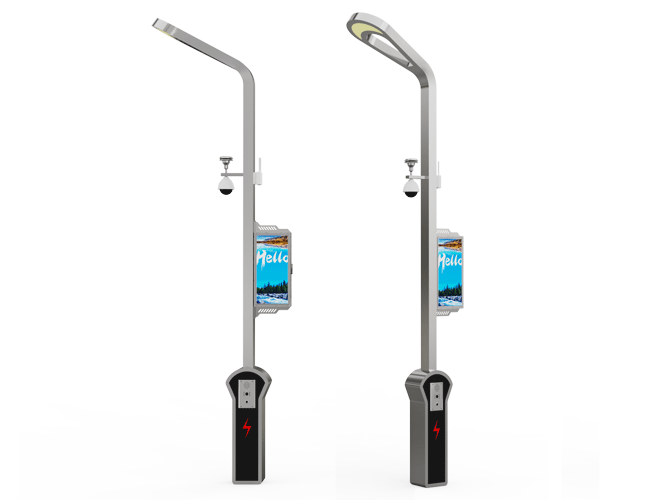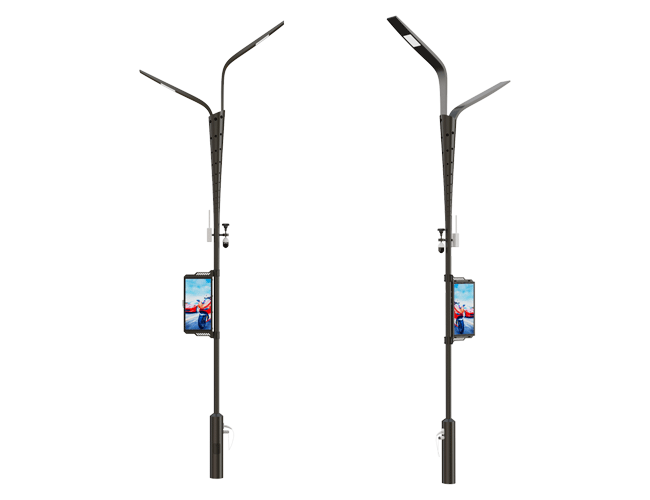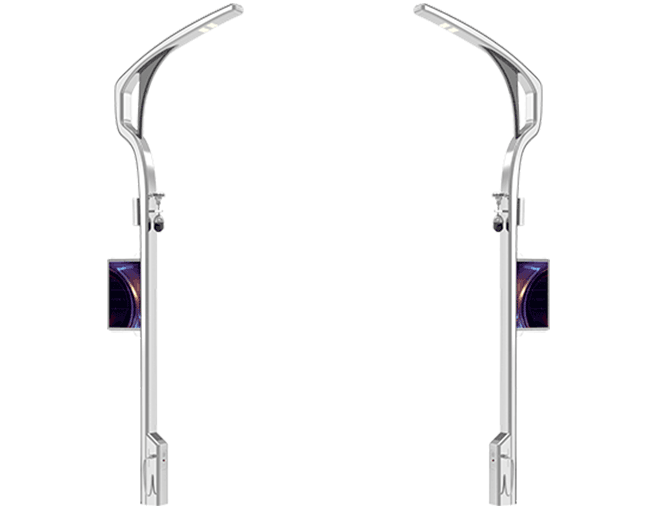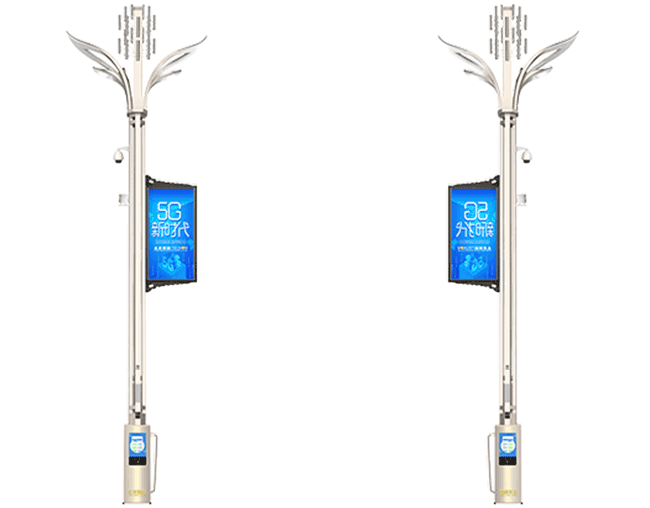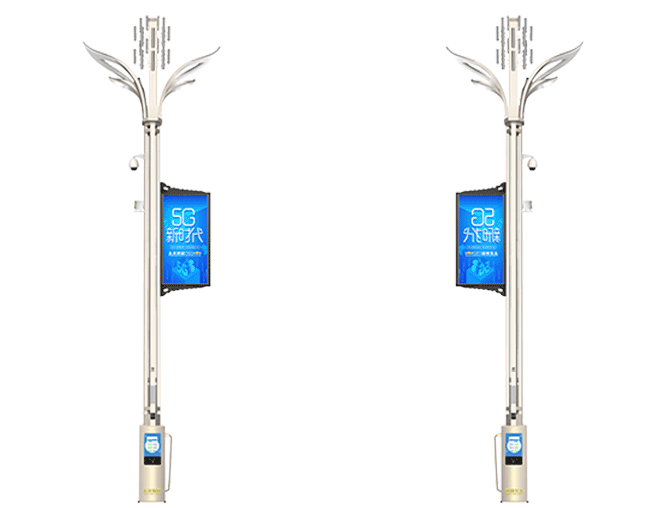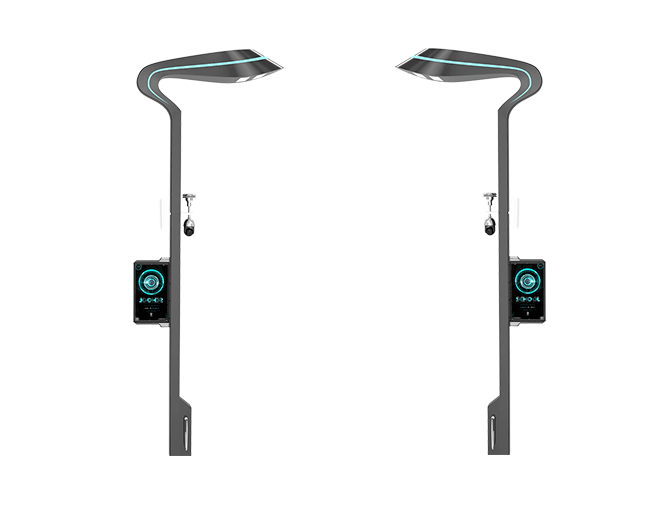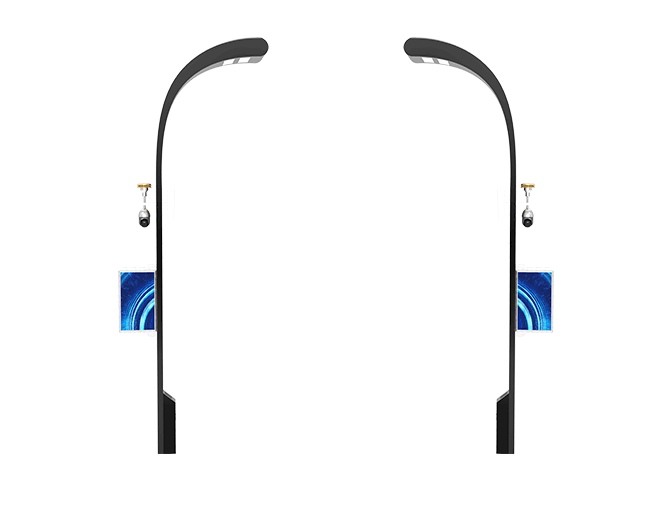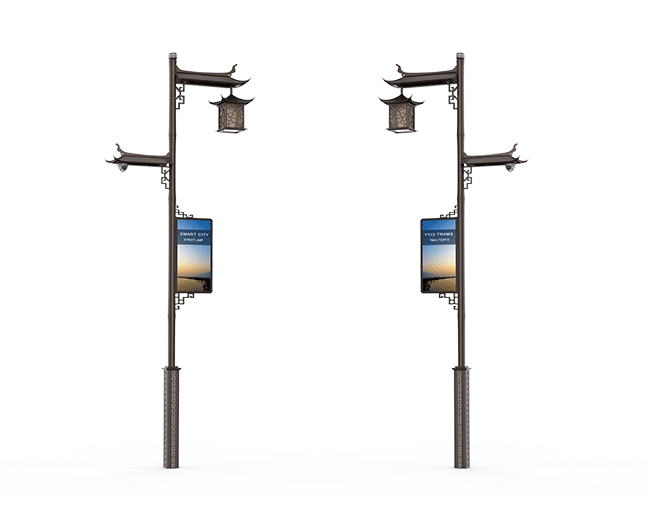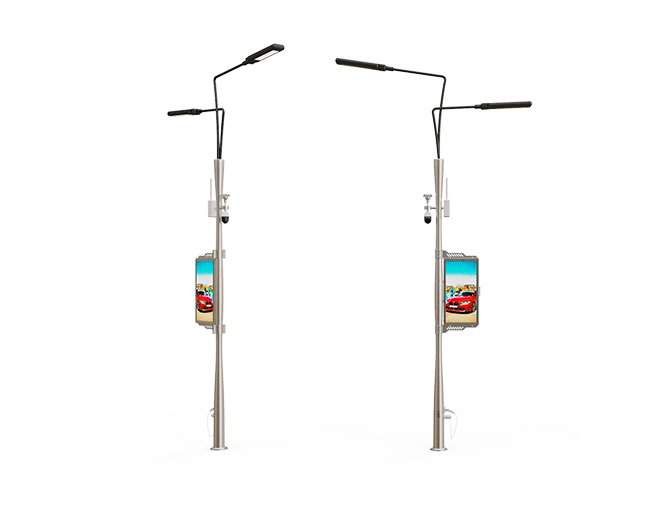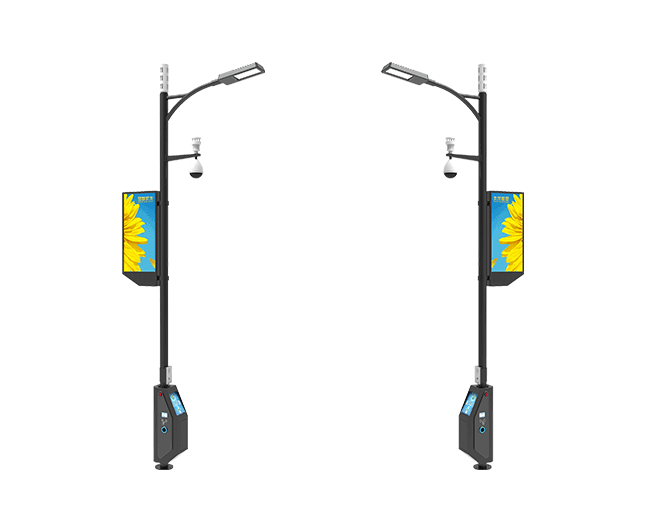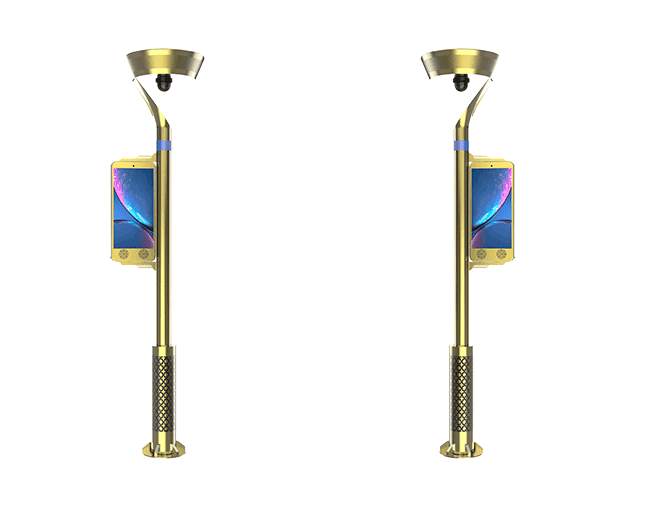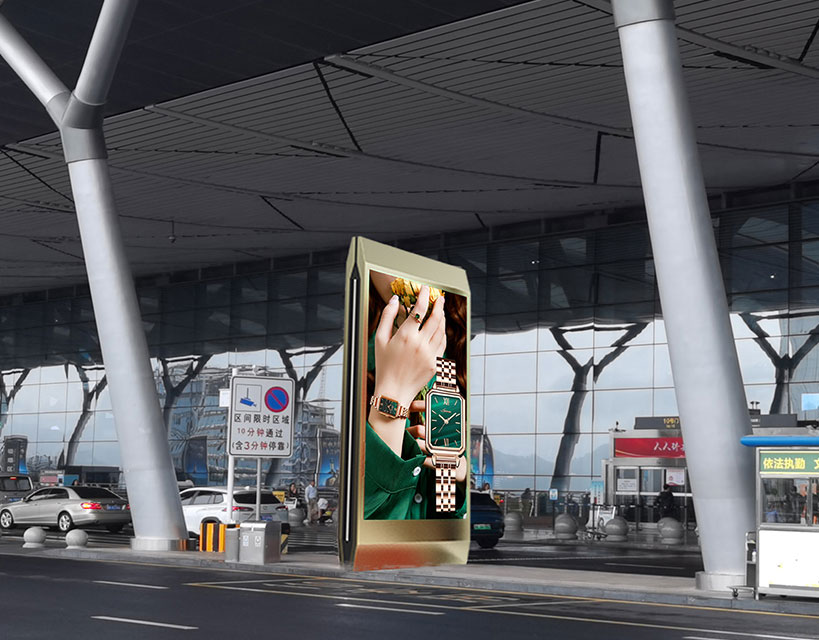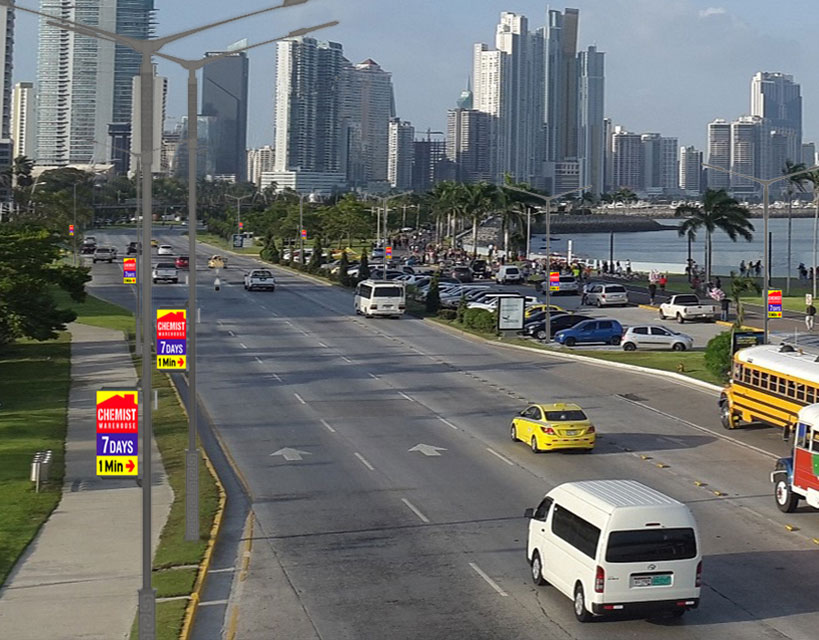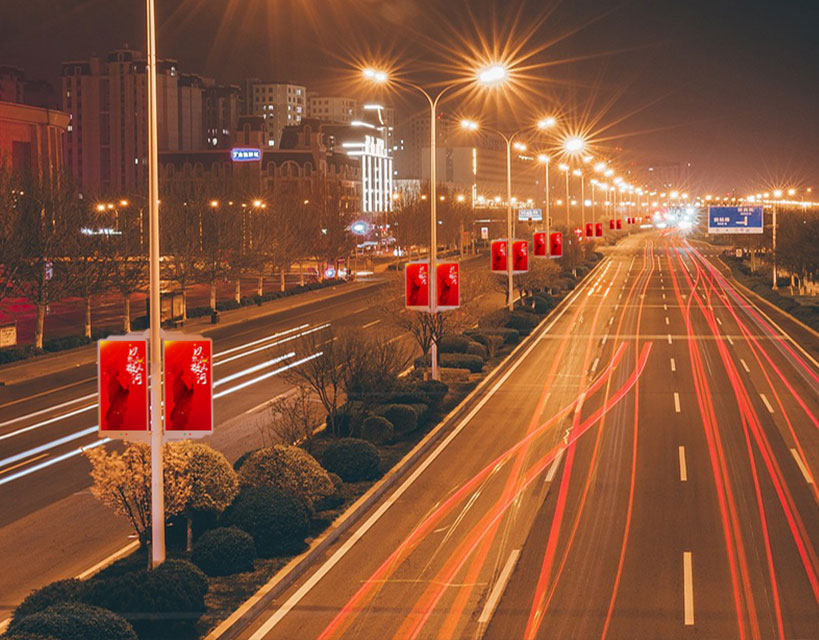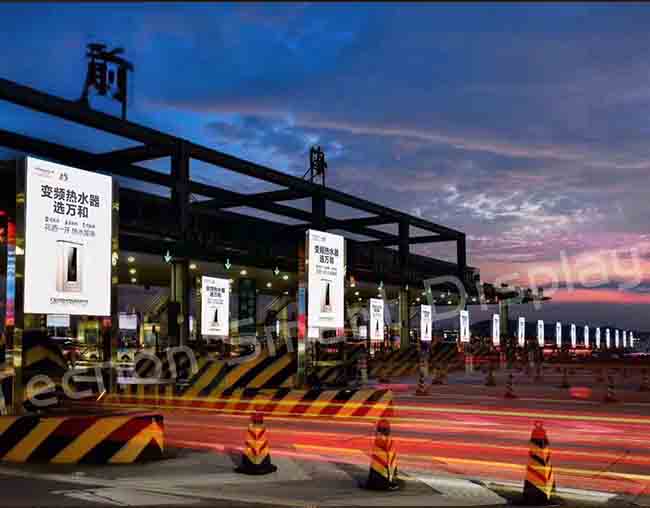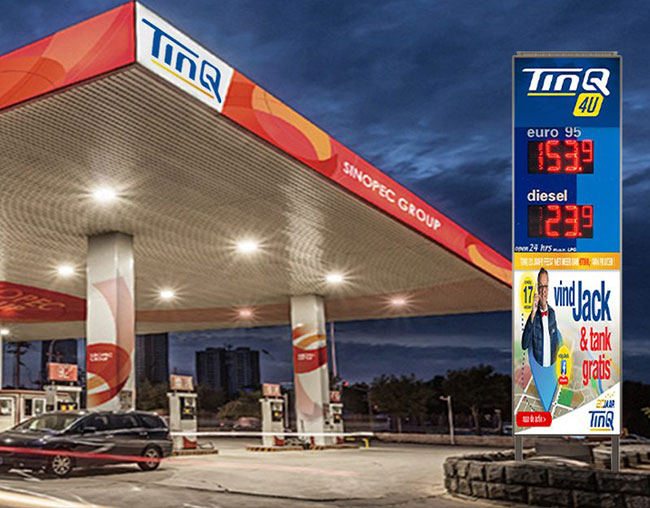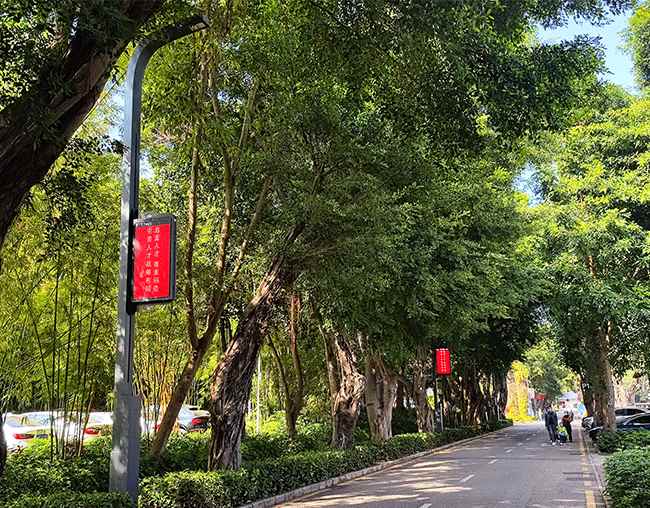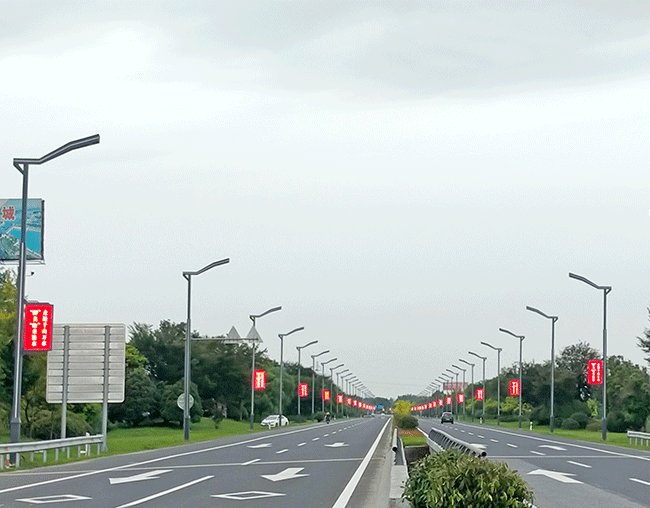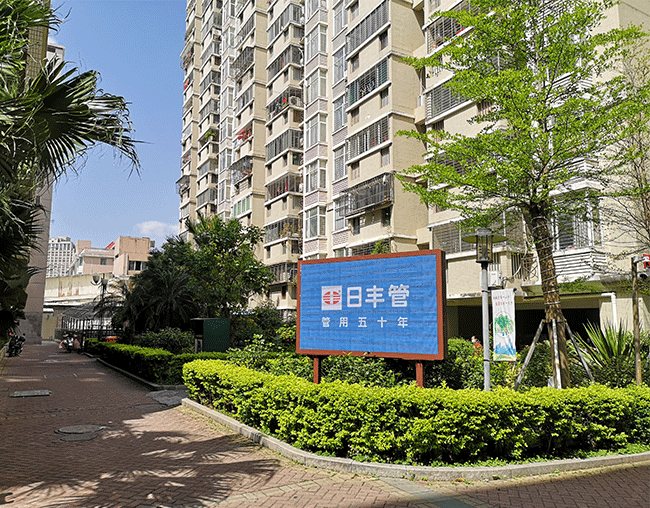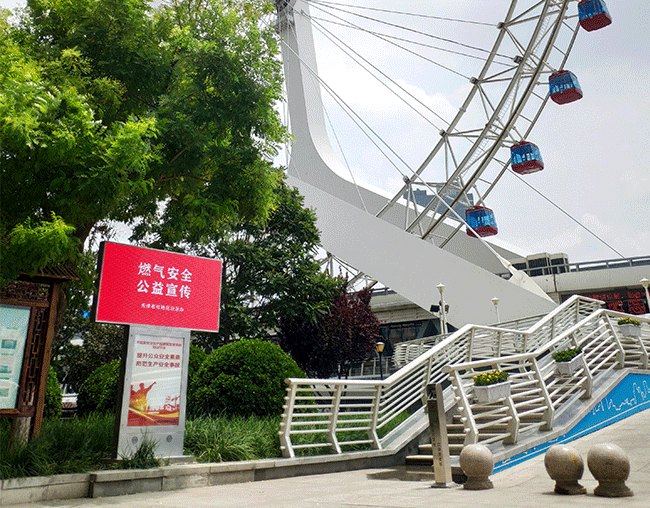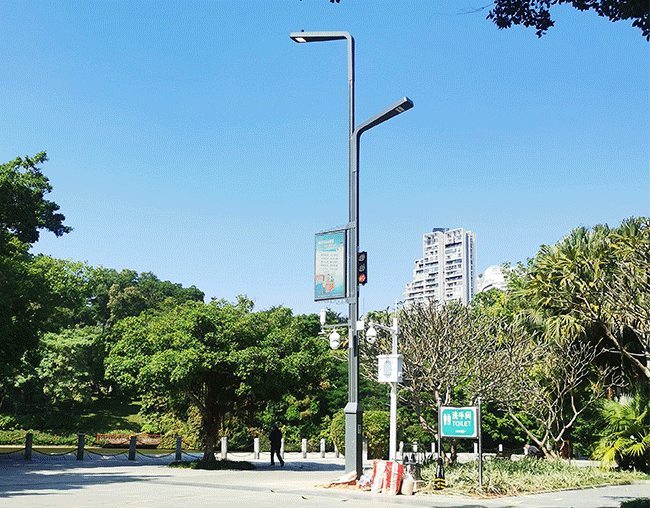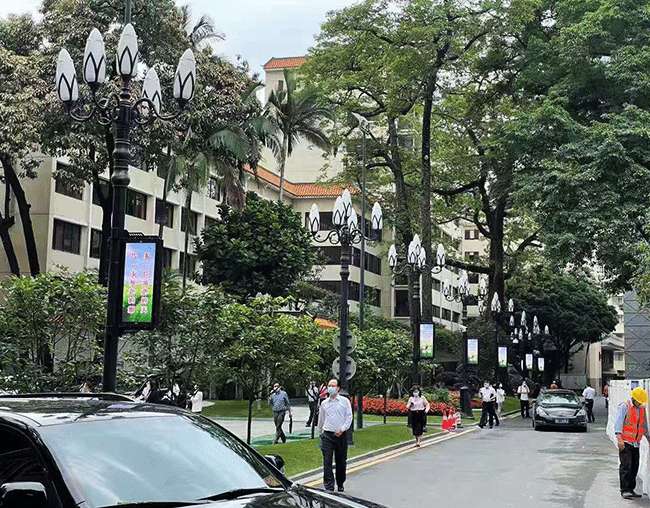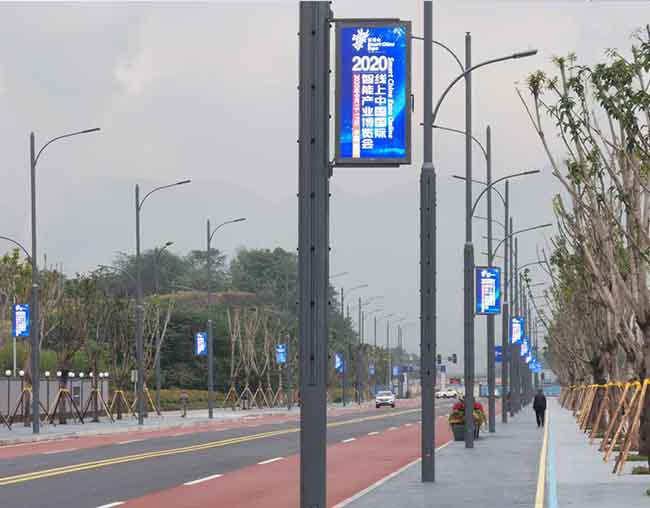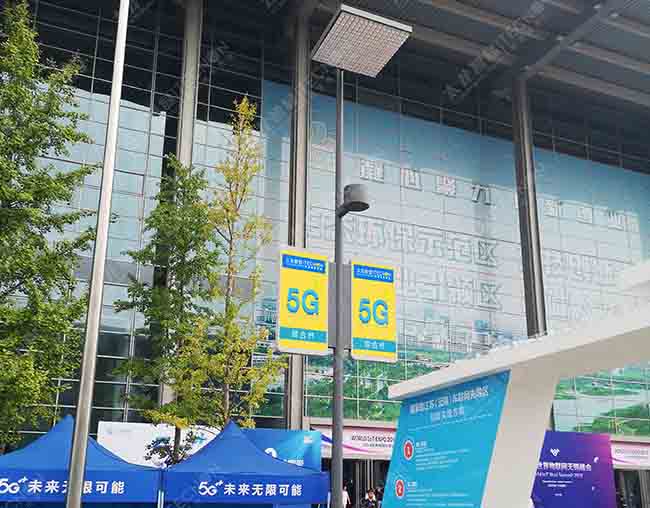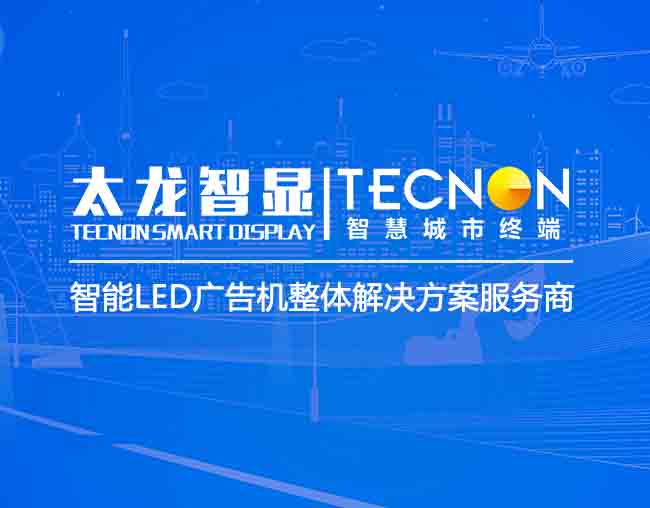Smart street lights : the digital revolution of highway travel services
Recently, the Ministry of Transport issued the "Basic Functional Requirements for Digital Construction of Highway "One Network" Travel Services (Trial)", marking that my country's highway transportation has officially entered a new stage of intelligence with full-domain perception and full-chain collaboration. In this systematic project, smart street lights and lamp pole screens, as new digital infrastructure, are reconstructing highway service scenarios with the role of "nerve endings" and promoting the transformation of travel services from one-way information transmission to intelligent interactive experience.
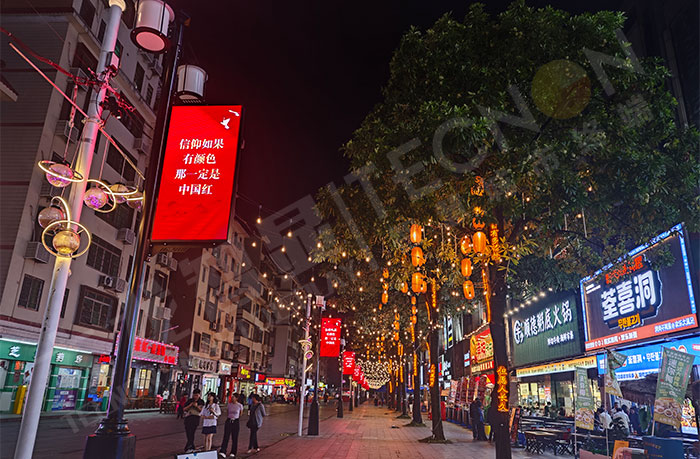
According to the principle of "full-factor collection and full-chain connection" proposed in the "Basic Functional Requirements", smart street lights integrate 18 types of intelligent modules such as environmental sensors, video surveillance, and 5G micro base stations to form a three-dimensional perception network covering the entire highway. Each lamp pole collects 32 core data such as meteorological visibility, road icing, and traffic density in real time, and performs preliminary processing through edge computing nodes to form a road health diagnosis report. The practice of Beijing Jingli Expressway shows that the response speed of accident warnings on sections using smart street lights has increased by 70%, and the energy consumption of melting ice and snow in winter has decreased by 45%.

As the information interaction terminal of the "last mile", the lamp pole screen can present 9 categories of travel information such as dynamic route guidance, accident warnings, and parking space surplus in service areas through real-time linkage with the road network big data platform. In the pilot project of the Shenzhen-Zhongshan Channel in Guangdong, the smart lamp pole screen introduced augmented reality technology. When the vehicle approaches the construction area, the screen automatically projects a three-dimensional diversion sign, and cooperates with the on-board navigation to form a human-machine co-driving guidance. This "road-side + vehicle-side" collaborative service improves the efficiency of driving decisions under complex road conditions by 60%.

Relying on the power and network resources of smart street lights, the industry is incubating diversified service scenarios: by scanning the code on the lamp pole screen, you can make an appointment for charging piles along the way and check the vacancies of logistics stations; emergency call buttons are set up on special sections of the road to link the road administration rescue system; the smart lamp poles on tourist roads are even more incarnated as cultural display windows, pushing customized cultural and tourism information to tourists through AI algorithms. The practice of Highway No. 1 in Liyang, Jiangsu Province shows that smart lamp poles extend the average stay time of tourists by 1.8 hours, and agricultural tourism consumption along the route has increased by 37%.

The "Basic Functional Requirements" particularly emphasizes the standardization of equipment interfaces and the unification of data protocols. At present, smart street lights have achieved protocol intercommunication with ETC gantries and variable information boards, forming a "perception-computation-release" service closed loop. The smart pole digital twin platform established in Chongqing can simulate the information release strategy of the lamp pole screen under heavy rainfall weather and verify the effectiveness of the emergency plan 72 hours in advance. This virtual-real mapping capability provides a decision-making sandbox for digital management of highways.
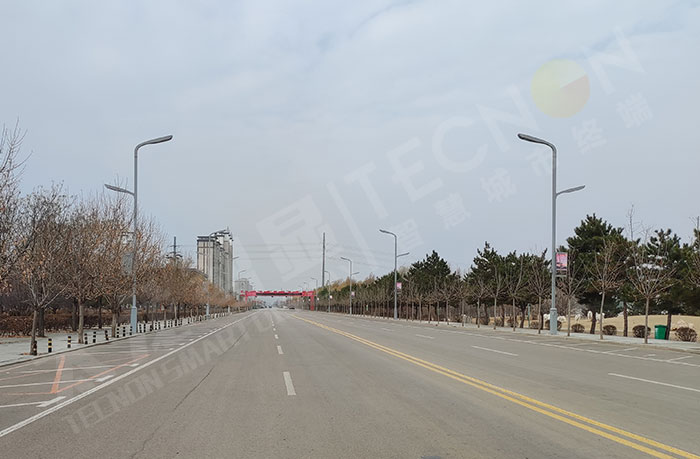
With the implementation of new technologies such as 5G-A and vehicle-road-cloud integration, smart street lights are evolving from single lighting facilities to core components of new highway infrastructure. According to industry forecasts, by 2025, 5 million smart lamp poles will be deployed nationwide to form a digital service network covering 400,000 kilometers of highways. This service revolution triggered by "a lamp pole" not only redefines the connotation of highway travel, but also builds a seamless bridge between the physical road network and the digital space, allowing the vision of "people enjoy their travel and goods flow smoothly" to accelerate into reality.




